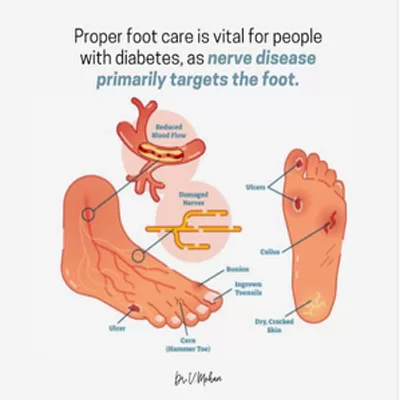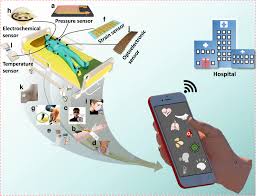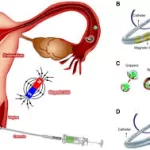Dr. Sudhir Kumar, a renowned neurologist based in Hyderabad, issued a cautionary alert on Saturday, highlighting the potential risks associated with prediabetes, a condition often overlooked despite its significant health implications.
According to Dr. Sudhir Kumar, individuals experiencing tingling, burning, numbness, and pain in their feet may be exhibiting early signs of prediabetes, indicating a rise in the body’s insulin levels. Prediabetes is characterized by higher-than-normal blood sugar levels and poses a substantial risk for developing Type 2 diabetes.
While diabetes is well-recognized for its association with increased risks of heart attack, stroke, and other severe illnesses, Dr. Sudhir emphasized that prediabetes often fails to receive the attention it deserves.
“It’s crucial to understand that prediabetes is a wake-up call that shouldn’t be ignored,” stated Dr. Sudhir, who practices at Indraprastha Apollo Hospitals.
Citing alarming statistics, Dr. Sudhir revealed that approximately 136 million people in India, accounting for 15.3 percent of the country’s population, are prediabetic. Recognizing prediabetes early can serve as a pivotal step in preventing the onset of diabetes and averting associated health complications.
“People with prediabetes face an elevated risk of stroke, heart attack, peripheral neuropathy (nerve damage), and retinopathy (vision impairment),” Dr. Sudhir cautioned.
To gauge diabetes risk levels, Dr. Sudhir recommended a simple blood test known as HbA1C (haemoglobin A1c). Contrary to common misconceptions, he clarified that an HbA1C level of 6 percent is not considered normal.
“An HbA1C level exceeding 5.7 percent indicates prediabetes,” Dr. Sudhir elaborated. “More than 10 percent of individuals with prediabetes may experience symptoms such as tingling, burning, numbness, and pain in their feet, a condition known as prediabetic neuropathy.”
Dr. Sudhir further delineated the HbA1C thresholds for diagnosing diabetes, highlighting the importance of carbohydrate restriction in managing blood sugar levels. He advised against the consumption of sugary foods and beverages, advocating for a diet low in carbohydrates, along with regular aerobic exercises and strength training.
“While an HbA1C level below 5.7 percent is recommended for healthy individuals or those with diabetes/prediabetes not on medications, the target for individuals taking anti-diabetic medications is 6.5 percent,” Dr. Sudhir explained. “Stricter control in these individuals may lead to hypoglycemia, necessitating careful management.”
As the global community observes World Health Day, Dr. Sudhir’s insights serve as a timely reminder of the importance of proactive health management, early detection, and preventive measures in combating the growing burden of diabetes and related complications.











